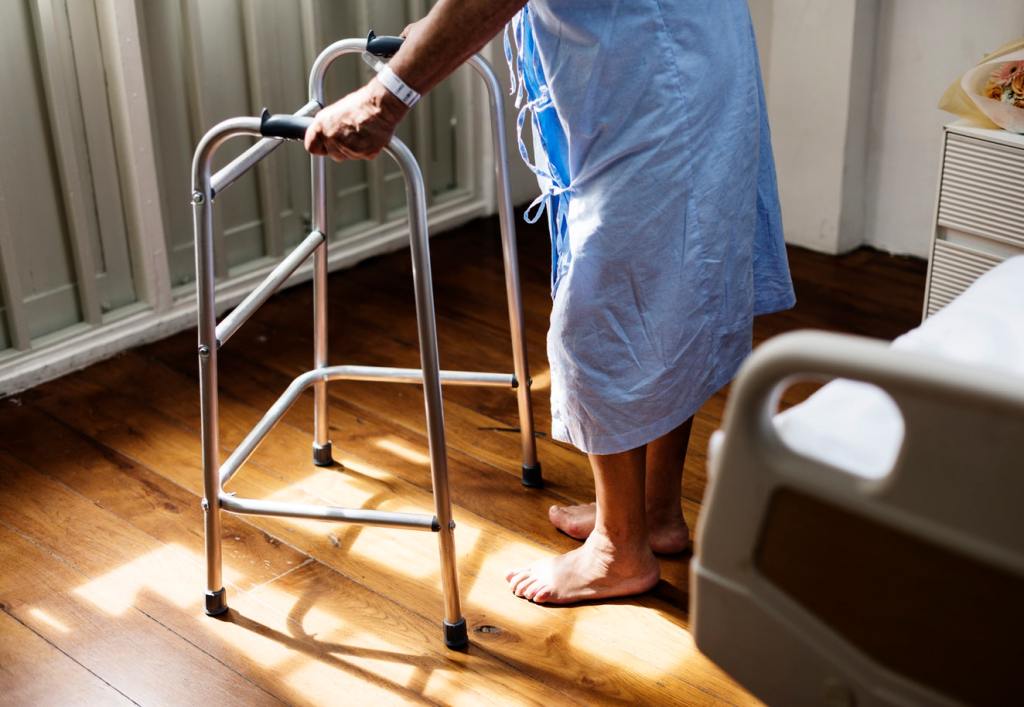A reverse mortgage may be a viable financial instrument to help pay for older Americans’ long-term care priorities, but they — and their implications on entitlement eligibility — need to be fully considered.
This is according to a new column at MarketWatch, comparing reverse mortgage product features to other potential options and enlisting commentary from an eldercare attorney.
A reader concerned about their parents’ cash reserves in retirement wrote to the outlet asking about ways they may be able to cover the costs of long-term care, which they say will be needed by their parents soon.
“They’re not on Medicaid at the moment, but they have a house that has been in a trust for only three years, and their children are named as beneficiaries,” the reader said. “Will we need to sell the house, or can they get a reverse mortgage to pay for their long-term care? Will they need to go on Medicaid?”
While Medicaid may be one of the more viable options, a reverse mortgage is a tool worthy of consideration according to Brian Tully, founder and managing partner at Tully Law Group which specializes in eldercare law.
“You never want a family to run out of money,” Tully told MarketWatch. “You always want them to have some money left, whether it is a retirement account, proceeds from a reverse mortgage they’ve moved to children or a well spouse. You always want to have access to money. Spending everything down is a mistake.”
The column describes selling the home to access equity as an option that “should be the very last resort,” since the home is a valuable asset they need not give up.
“Medicaid rules vary state by state, but in New York, for example, a primary home is exempt from total assets while the individual receiving care is living there, or intends to return there after their time in a nursing home,” the column said.
Limitations on other assets could come into play, however, and selling the home may end up disqualifying the parents from Medicaid. A reverse mortgage could present similar issues, the column said.
“You could get money from a reverse mortgage through a single lump sum, or regular fixed monthly payments, but that again can disqualify your parents from Medicaid eligibility — or require them to spend down those assets quicker than they otherwise would have,” it reads. “Look for a qualified and trustworthy estate or eldercare attorney who can help you make sense of your state’s specific rules.”






A Reverse Mortgage and Medicaid? With proper planning, you can have both
Although this piece makes many good points, it overlooks an ideal path to keep a person in their home: Allow a Reverse Mortgage and Medicaid to work together. As your article points out, Medicaid’s complex rules vary depending on location. In Colorado, I have helped several borrowers on Medicaid stay in their homes using reverse mortgages. I’ll let the numbers tell their stories.
• One client owned a home that had no mortgage. This person collected $850/month in Social Security income. The Reverse Mortgage we set up provided a tenure payment of about $890/month and kept the borrower under the Medicaid income threshold at the time.
• A client came to me making mortgage payments while on Medicaid. A Reverse Mortgage eliminated the mortgage payment and provided a tenure payment of about $160/month, keeping the borrower under the Medicaid income threshold.
• A borrower we are working with has an income of $1,200/month and a disabled adult son living with him who receives $600/month of disability income. When he came to us, he was three years behind on taxes, and the home was uninsured and uninsurable. His Reverse Mortgage will pay for repairs to make the home insurable, bring the taxes current, and pay for insurance. A Life-Expectancy Set-Aside will then pay future taxes and insurance. An $800/month tenure payment will provide additional income while staying below the Medicaid income limit.
In each case, it’s vital for the borrower to understand the Medicaid rules for their situation in their state. It is too easy for a borrower to take a lump sum distribution from the Reverse Mortgage instead of a tenure payment, rendering them ineligible even long after the Reverse Mortgage closes.
I don’t claim to be a Medicaid expert, but I know many people who are. With their counsel, I’ve learned that it is possible to keep the house, get a Reverse Mortgage, and receive Medicaid benefits. So, now I offer that option to my clients. In every case, it has changed their lives for the better.